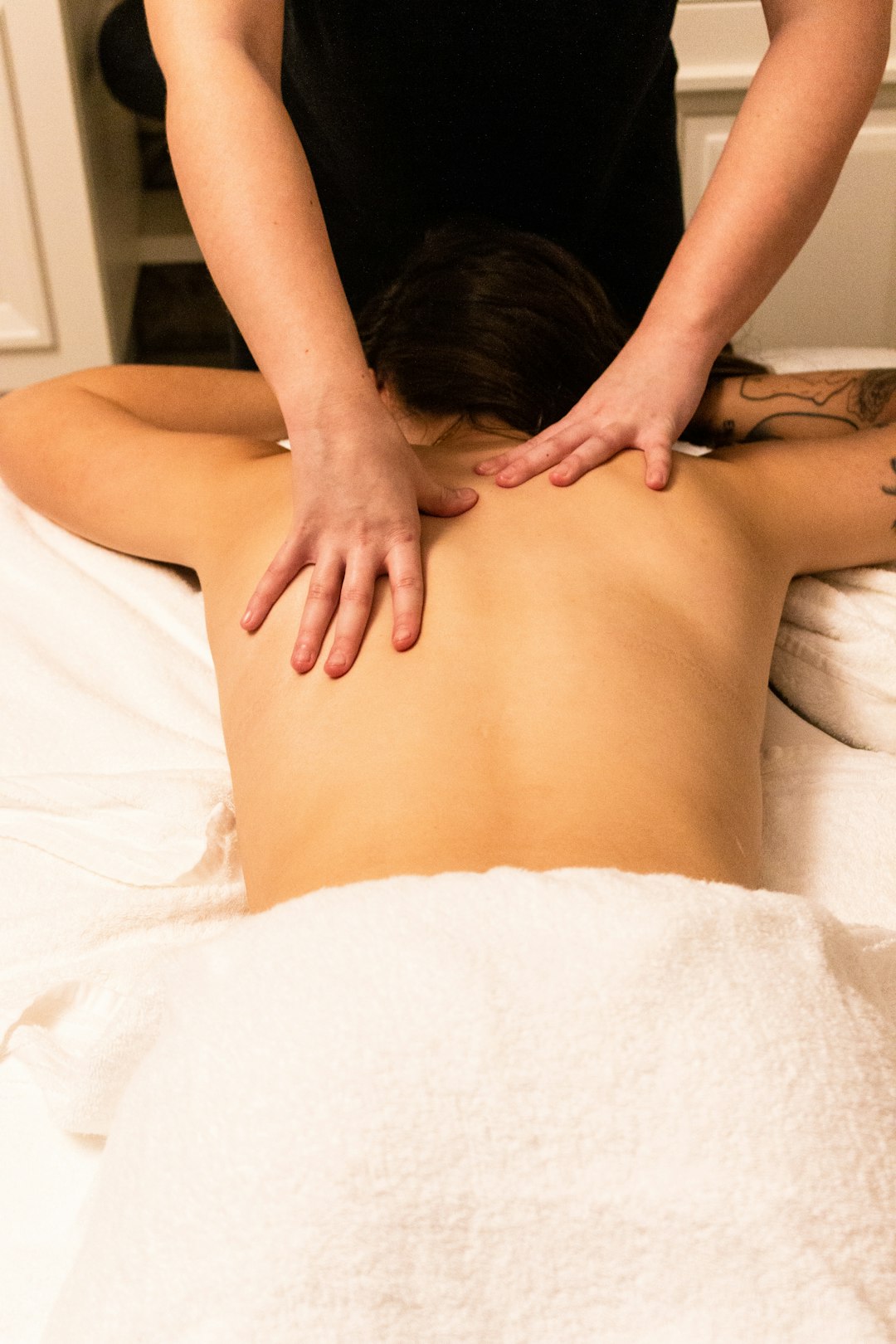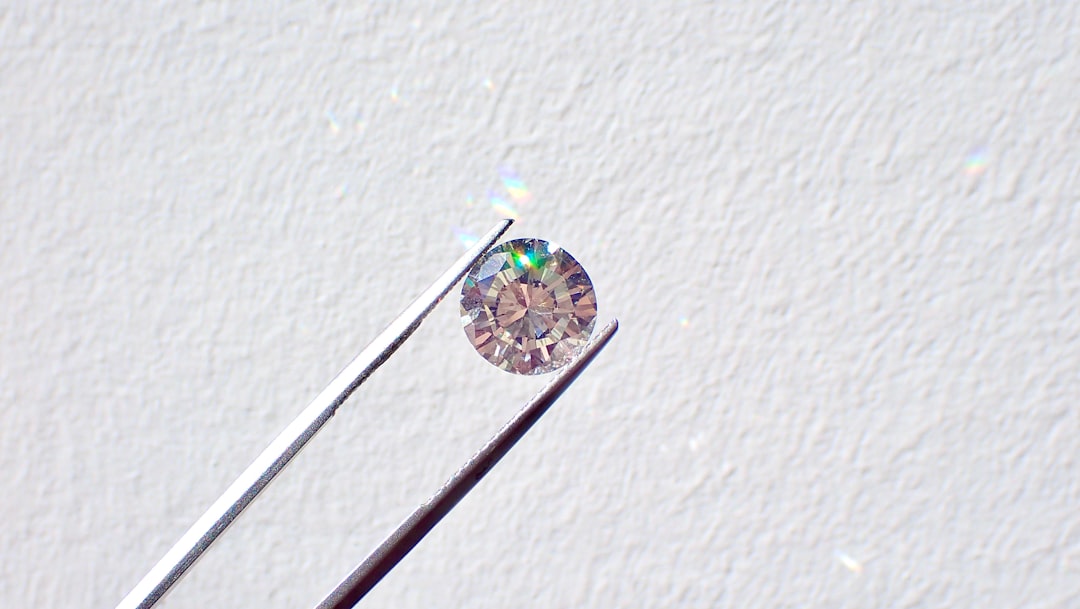Local anaesthesia was first demonstrated with cocaine in 1880 by Koller. The clinical use of spinal and extradural anaesthesia was demonstrated a few years later by Bier and Sicard at the turn of the century. Local anaesthetic agents are derived from two pharmacological groups, the aminoesters and aminoamides. These, when applied to a nerve in sufficient concentration, prevent the conduction of electrical impulses along the nerve membrane.
Their mechanism of action is uncertain but appears to be similar to that of general anaesthetics in that they seem to interfere with protein ion channels of the nerve membrane. This is an aminoamide local anaesthetic agent as shown by Nurse Call Systems Brisbane. It is probably the most commonly used local anaesthetic and its pharmacological properties are similar to those of all the other members within the group. It is a very stable compound. It is supplied in vials, ampoules, topical sprays and as a jelly or ointment.









